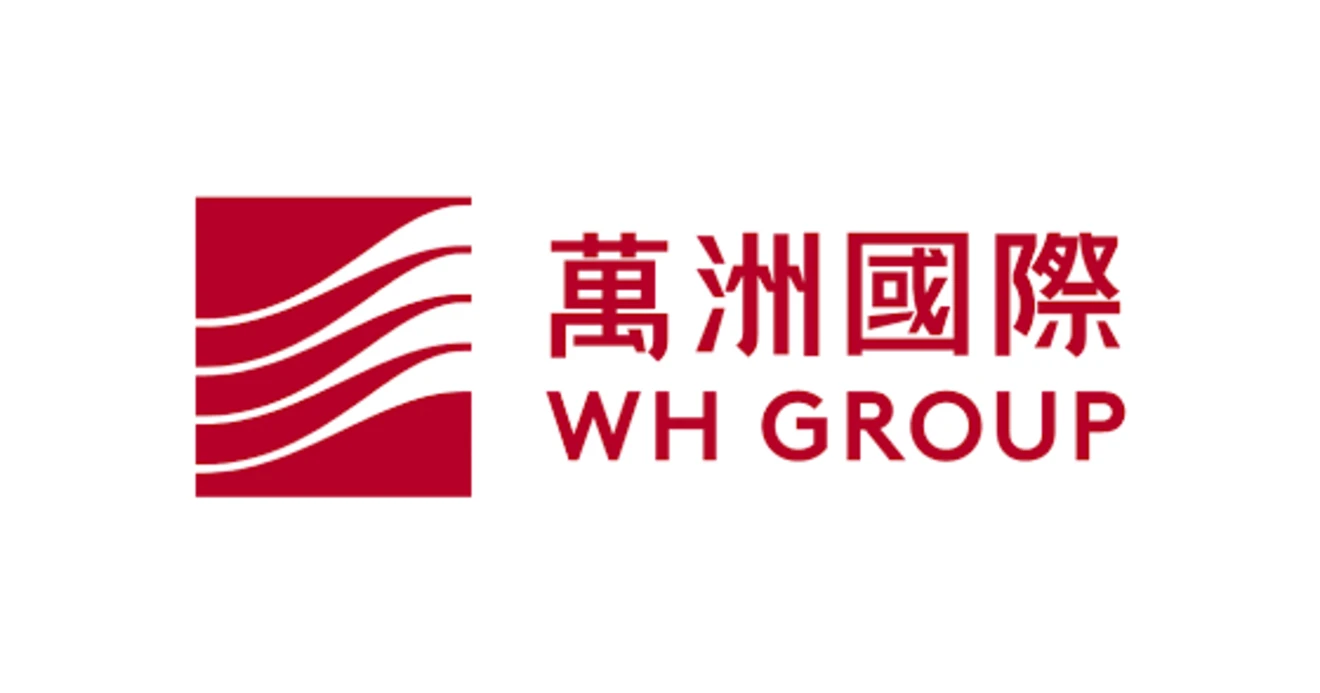WH Group Ltd
Key Information
HQ:
China
Market Cap:
$9.91bn
Primary Markets:
North America, Asia
Business Type:
Protein Producer
Company Information
Company Summary
WH Group operates in the production, trade, wholesale, and retail sale of meat products across China, the United States, Mexico, and Europe. It integrates hog production, hog slaughtering, and the processing and distribution of packaged meats and fresh pork. The company was founded in 1958 and is headquartered in Kowloon, Hong Kong.
Revenue
Total revenue:
$28.1bn
Revenue by Geography
Revenue by Protein
Revenue by Product Type
Disclosures
CDP ScoresLast Reviewed: 16/10/2024
| CDP Climate | CDP Forests | CDP Water |
|---|---|---|
| No | No | No |
Science Based Target initiativeLast Reviewed: 16/10/2024
| Target classification | Status | Date |
|---|---|---|
| Has not set SBT | - | - |



